We were lucky to catch up with Alison Sigethy recently and have shared our conversation below.
Alison, thanks for joining us, excited to have you contributing your stories and insights. Have you been able to earn a full-time living from your creative work? If so, can you walk us through your journey and how you made it happen? Was it like that from day one? If not, what were some of the major steps and milestones and do you think you could have sped up the process somehow knowing what you know now?
I have been a full time artist for the last 20 years and made a good living at it, but that didn’t happen all at once. When I first started, I was trying to make pieces I thought would sell. That is a terrible strategy for an artist. Artwork is only valuable if it is unique, and making pieces you think will sell, by definition, means it is similar to something that already exists. That’s not unique, so it’s not especially valuable. When I finally let that go and just made the sculptures I wanted to make, my work got interesting and people became interested in it. I have not worried about sales since.
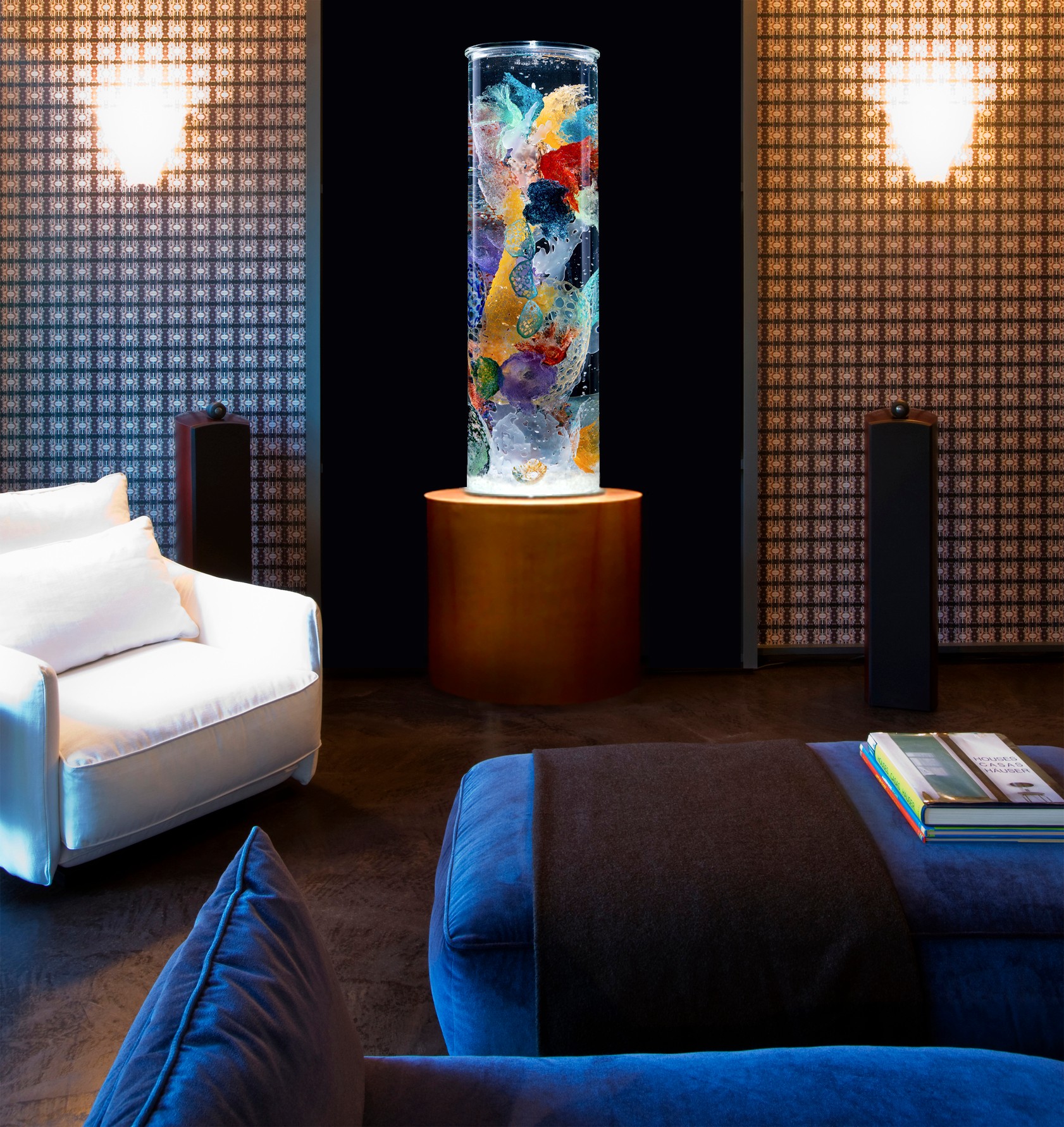
Alison, before we move on to more of these sorts of questions, can you take some time to bring our readers up to speed on you and what you do?
Most of my early memories involve seeing or making art, so I’m not surprised this is what I ended up doing. But I didn’t start out as an artist. I studied Theater and Lighting Design at Mason Gross School of the Arts and got degrees in Interior Design and Art History from Marymount University. In my varied career, I worked as a theater lighting designer, marketing executive, kayak instructor, and wilderness medicine trainer before pursuing art full time. I think my love of light and color drew me to theater lighting and that same love makes glass compelling.
While I enjoyed drawing as a child, it was sculpture — particularly kinetic sculpture — that excited me. My first memory of being blown away by art was when I saw Robert Breer’s Floats. I was probably seven, and these large, sleek sculptures moving around unaided captured my imagination completely. It was as if the artist had created life. It was incredible, and I wanted to do that.
I took my first glass class in 2001 when a friend talked me into taking the jewelry design class she was teaching. For one module, the instructor brought in little kilns that looked like crockpots. That’s when I learned working with glass was accessible. I immediately bought a small kiln and started making glass art in my kitchen. But soon, I wanted to work larger, so I rented space at the Washington Glass School in Washington, DC. When they lost their space to make way for the Washington National’s baseball stadium, I juried into the Torpedo Factory Art Center, and have been here ever since.
By having a studio in a very public art center, people can see my art without my having to travel or do shows. This allows me to focus on the work. I don’t sell my Sea Core sculptures through galleries. I can’t — I build each sculpture for a specific client. I enjoy that, and working directly with a client is the only way I can get all the details right and make the perfect sculpture for them. I’m not willing to compromise on that.
The arts are an important part of our lives because of the emotions they generate within us and how they make us feel. I am incredibly aware that art possesses that power, so with every aspect of making a Sea Core, I’m striving to create beauty, calm, and joy my clients will experience every time they view their sculpture.
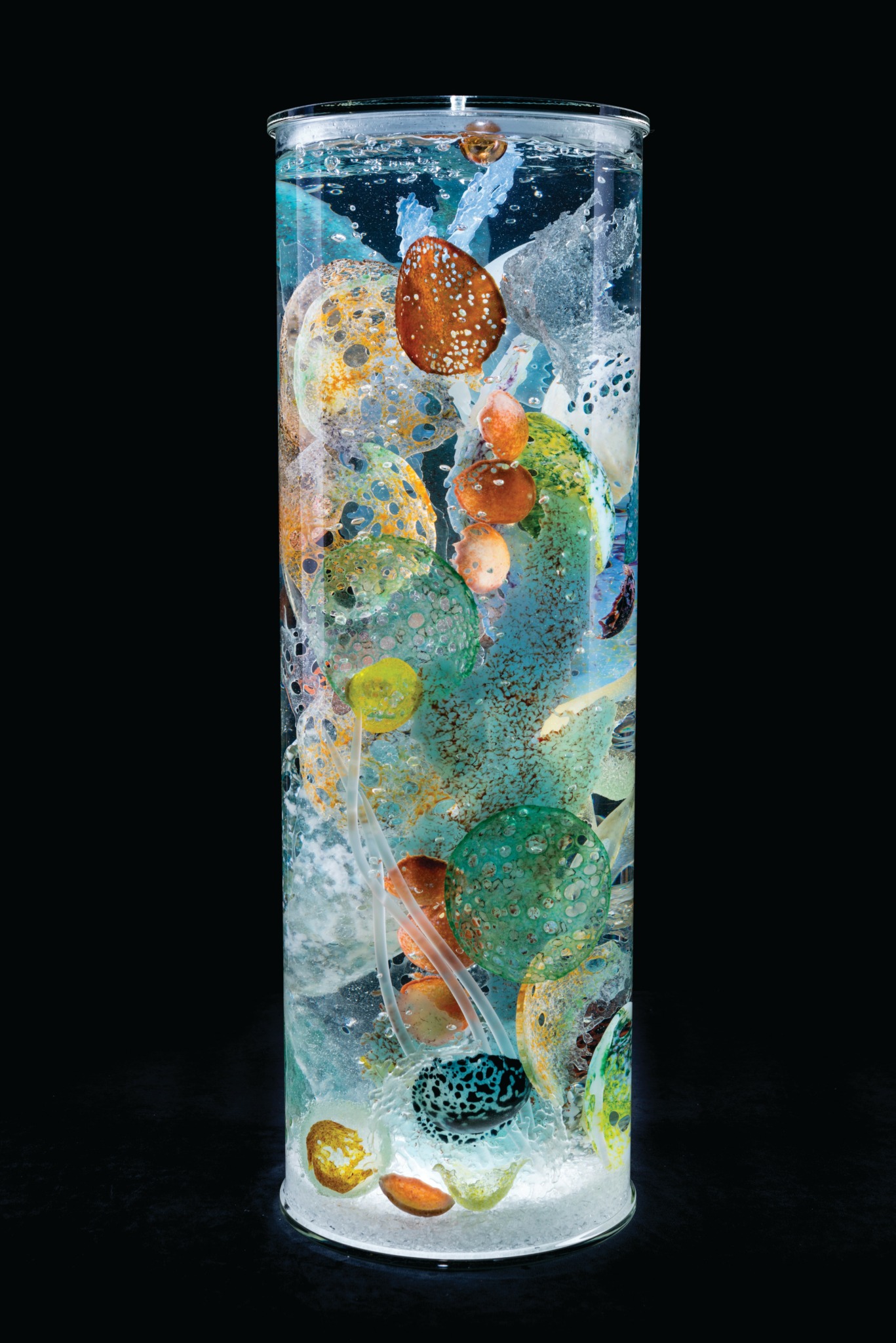
Is there a particular goal or mission driving your creative journey?
I want my sculptures to touch the viewer on an emotional level and bring them joy on a daily basis. I hear from clients all the time, about how much they love their Sea Cores. That means a lot to me and confirms I chose the right path.

Do you think there is something that non-creatives might struggle to understand about your journey as a creative? Maybe you can shed some light?
Non-creatives seem to think generating ideas is the hard part. It’s not. Ideas are like nats — there are lots of them buzzing around — always. The hard part is sticking with one idea long enough to see it through before moving on the next enticing idea that’s buzzing around.
Contact Info:
- Website: https://www.FantasticalGlass.com
- Instagram: @AlisonSigethy
- Other: https://torpedofactory.org/profile/sigethy_a/
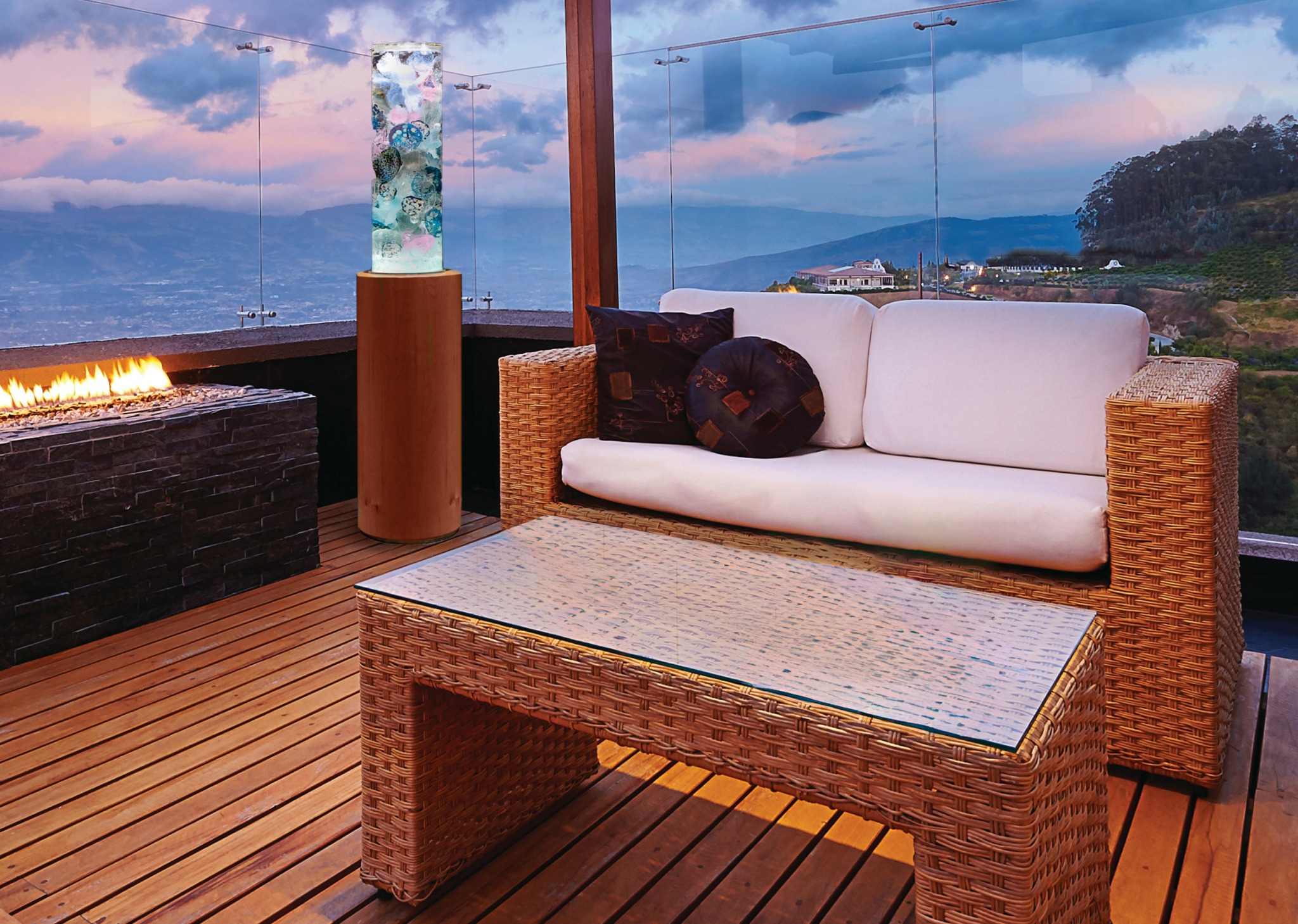
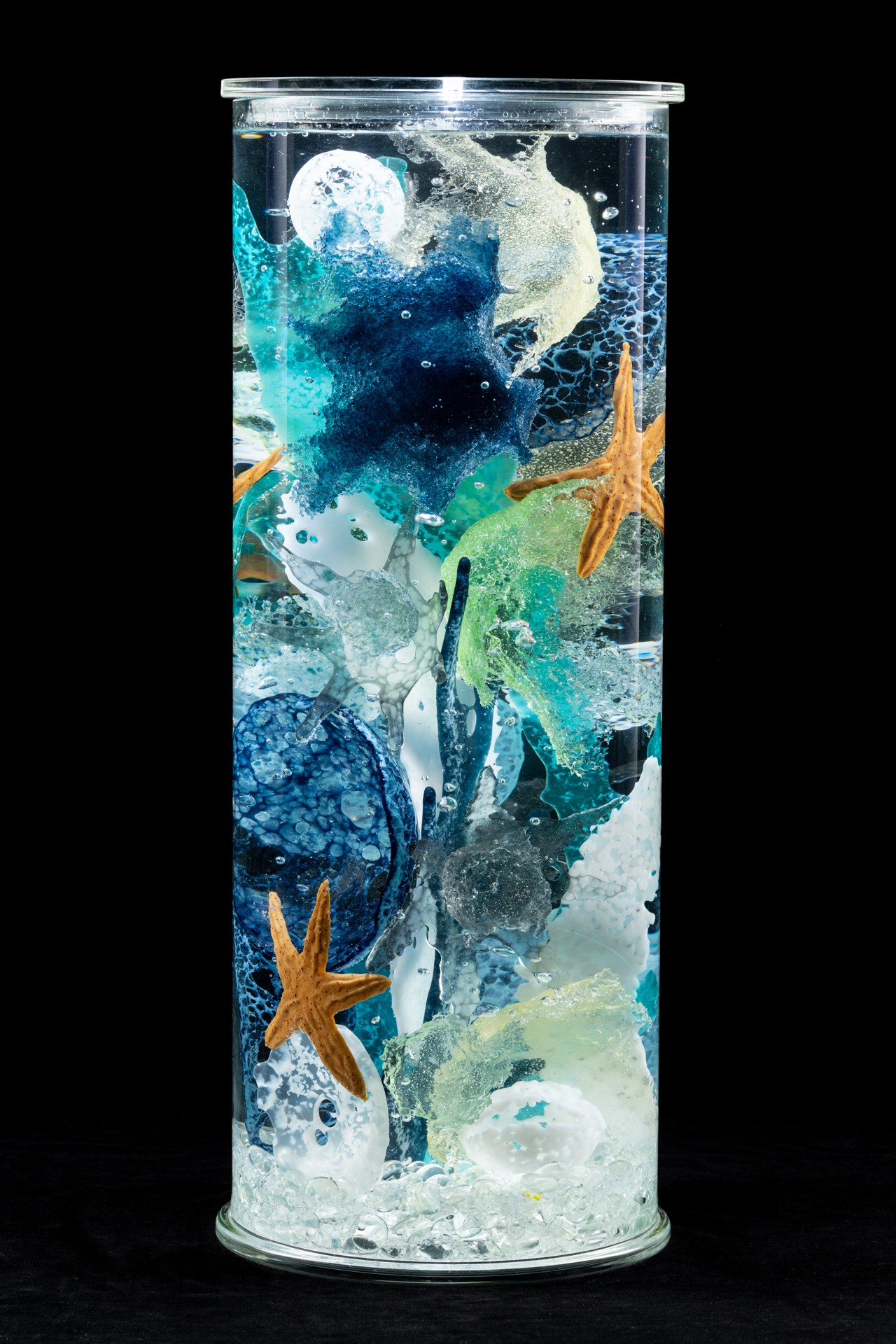
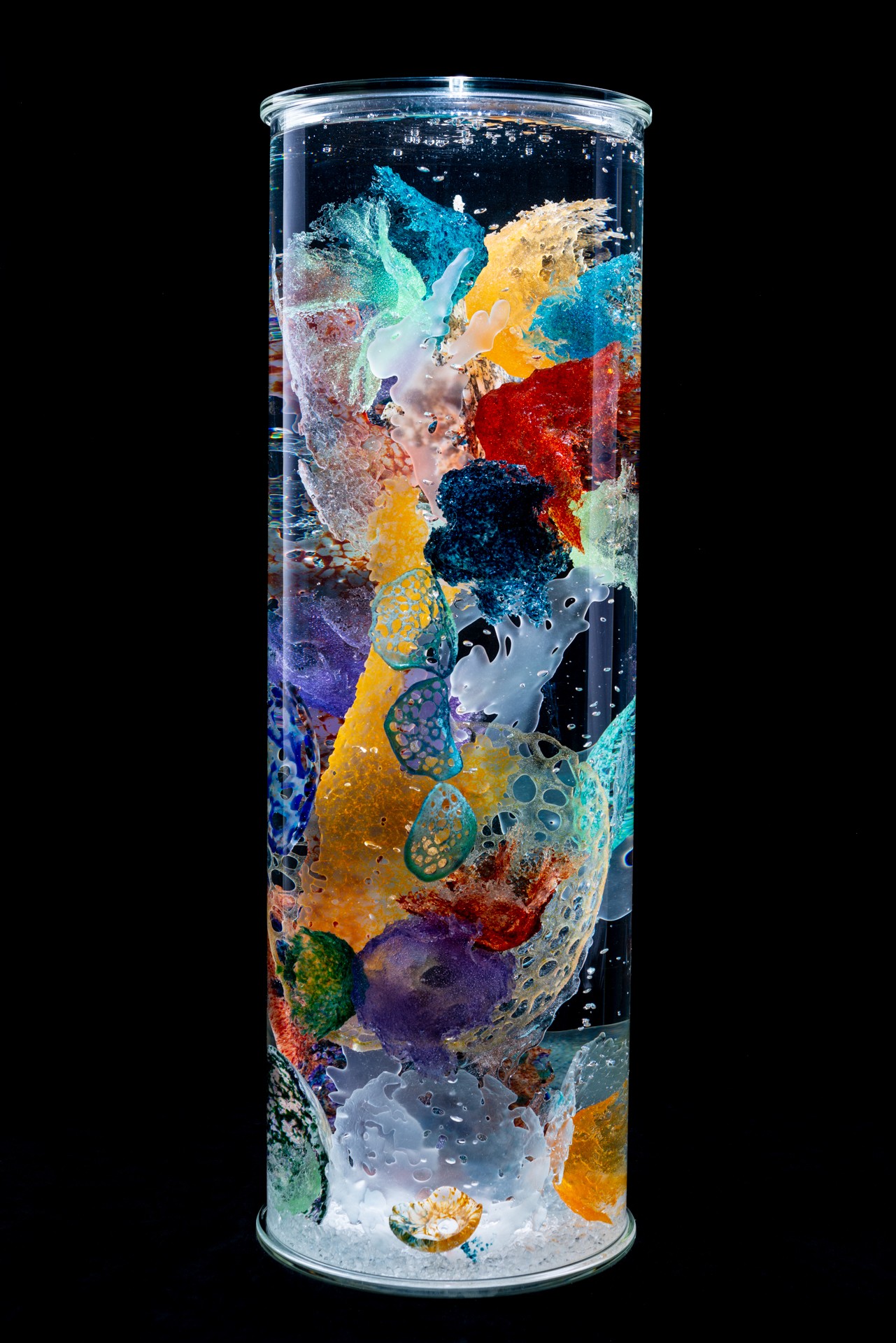
Image Credits
Portrait shot of Alison: Irene Abdou
Sea Core studio shots: Pete Duvall
Sea Cores in location: Alison Sigethy


